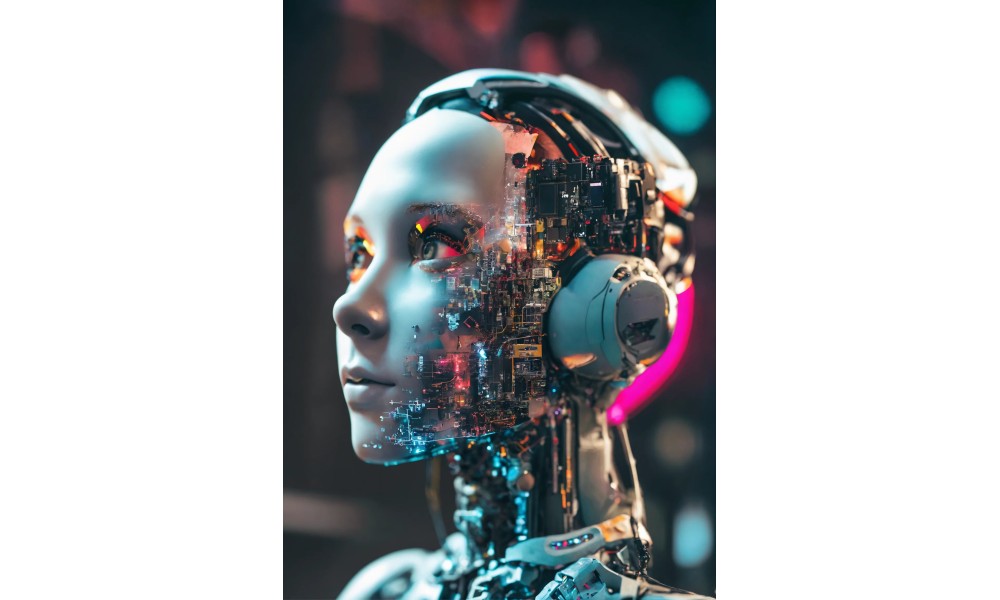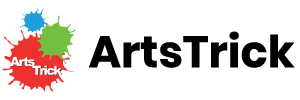
The Future of Artists: Exploring the Intersection of AI and Arts in a Tech-Driven World.
1. The role of AI in the art industryThe role of AI in the art industry is rapidly expanding, revolutionizing how artists create and engage with their audiences. With AI, artists now have access to sophisticated tools and algorithms that can generate art, analyze trends, and enhance the creative process. AI-powered platforms are enabling artists to explore new mediums and styles, pushing the boundaries of traditional art forms. Moreover, AI is facilitating new ways for artists to connect with their audiences, creating interactive experiences and personalized artworks. However, as AI becomes more prevalent in the art world, questions arise about the authenticity and human touch in artistic expression. In the next section, we will delve deeper into these implications and discuss how AI can both empower and challenge artists in their creative journey. Stay tuned to explore the art of AI!
2. Benefits and drawbacks of AI in the creative process
With the integration of AI in the creative process, artists are experiencing a plethora of benefits. One major advantage is the ability to efficiently generate ideas and experiment with different artistic styles. AI algorithms can aid in the generation of artwork, helping artists explore new avenues and push the boundaries of their creativity. Additionally, AI-powered tools can analyze trends and preferences, providing valuable insights into the audience's interests and enabling artists to create personalized and engaging artworks.
However, as AI becomes more prevalent, there are also potential drawbacks that artists need to navigate. Questions surrounding the authenticity and human touch in art arise, as AI-generated artworks lack the emotional depth and personal narratives that come from human experiences. Moreover, reliance on AI tools may lead to a homogenization of artistic styles, potentially diluting the diversity and uniqueness of the art world.
It is crucial for artists to strike a balance, utilizing AI as a tool to enhance their creative process while maintaining their individuality and artistic vision. In the next section, we will explore how artists can navigate these challenges and leverage AI technologies to their advantage. Stay tuned to discover the exciting possibilities that AI offers in the art world!
3. Artists embracing technology: examples and success stories
Artists all over the world are embracing technology and AI as powerful tools to enhance their creative process and create innovative artworks. Many renowned artists have already integrated AI into their art practices, pushing the boundaries of what is possible in the art world. One notable example is the collaboration between artist Refik Anadol and Google's Artists and Machine Intelligence program. Anadol uses AI algorithms to process vast amounts of data and transform them into mesmerizing visual experiences. Through his work, Anadol explores the intersection of technology and art, creating immersive installations that engage and captivate audiences.
Another success story is the painter Mario Klingemann, who combines traditional artistic techniques with AI algorithms to create unique and thought-provoking artworks. Klingemann's work showcases the potential of AI as a tool for augmenting human creativity, leading to unexpected and exciting artistic outcomes.
These artists demonstrate that embracing technology and AI can open up new realms of artistic expression and create groundbreaking artworks. In the next section, we will delve deeper into the different ways artists are utilizing AI to push the boundaries of their craft and inspire the art world. Stay tuned for more inspiring examples and insights!
4. The challenges and ethical concerns of AI in arts
While the integration of AI in the arts offers endless possibilities for creativity, it also brings about various challenges and ethical concerns. One significant challenge is the question of authorship and artistic intent. When AI algorithms generate artworks, who should be credited as the artist? Is it the programmer, the algorithm, or both? This raises important discussions about the role of human input in the artistic process.
Additionally, there are ethical concerns surrounding the use and ownership of data. AI systems rely on vast amounts of data to learn and create. This raises concerns about privacy, consent, and the potential misuse of personal information.
Furthermore, there is a growing apprehension about AI replacing human artists, leading to job displacement in the art industry. While AI can enhance and augment artistic practices, it is essential to strike a balance between human creativity and technological advancements.
In the next section, we will explore these challenges and ethical concerns in greater detail, shedding light on the ongoing discussions within the art world. Join us as we navigate the complex relationship between AI, artists, and society.
5. The future of the artist-AI collaboration
As we delve deeper into the integration of AI into the world of arts, it is crucial to examine the future of the collaboration between artists and AI. Many experts believe that the future lies not in AI replacing human artists, but in a symbiotic relationship where AI serves as a tool for human creativity. AI technologies can assist artists in exploring new mediums, experimenting with different styles, and pushing the boundaries of their artistic expression. By analyzing vast amounts of data and learning from various artistic styles, AI can provide valuable insights and suggestions to artists, opening up a whole new realm of possibilities.
However, this collaboration also raises questions regarding the authenticity and originality of the artworks. Can AI truly understand human emotions and create art with the same depth and meaning as human artists? These are complex issues that the art community continues to grapple with.
In the following sections, we will delve into the different ways in which artists are embracing AI in their creative process and how this collaboration is shaping the future of the art industry. Stay tuned to discover the exciting possibilities that lie ahead in this tech-driven world.
6. Conclusion:
The need for balance and human touch in a tech-driven world.As we conclude our exploration of the intersection of AI and arts, it becomes clear that the future of artists lies in maintaining a delicate balance between technology and the human touch. While AI offers incredible opportunities for artistic expression, it is important to recognize that it is not a substitute for the unique perspectives and emotions that only human artists can bring to their work.
We must ensure that as we embrace AI as a tool, we do not lose sight of the essence of art – the ability to convey complex emotions, spark conversations, and challenge societal norms. This requires artists to retain their autonomy and critical thinking, using AI as a source of inspiration rather than relying solely on its suggestions.
Moreover, as AI continues to advance, it is crucial that we address ethical considerations surrounding copyright, ownership, and the responsibility of AI creators. The art community must come together to establish guidelines and systems to protect the integrity of artistic expression in this tech-driven world.
By striking the right balance between AI and human creativity, we can unlock unimaginable possibilities and shape a future where art transcends boundaries and captivates us in ways we have yet to imagine. The future of artists is undoubtedly exciting, and it is up to us to navigate this path responsibly and with the utmost respect for the power of human expression.

 English
English Deutsch
Deutsch
All comments